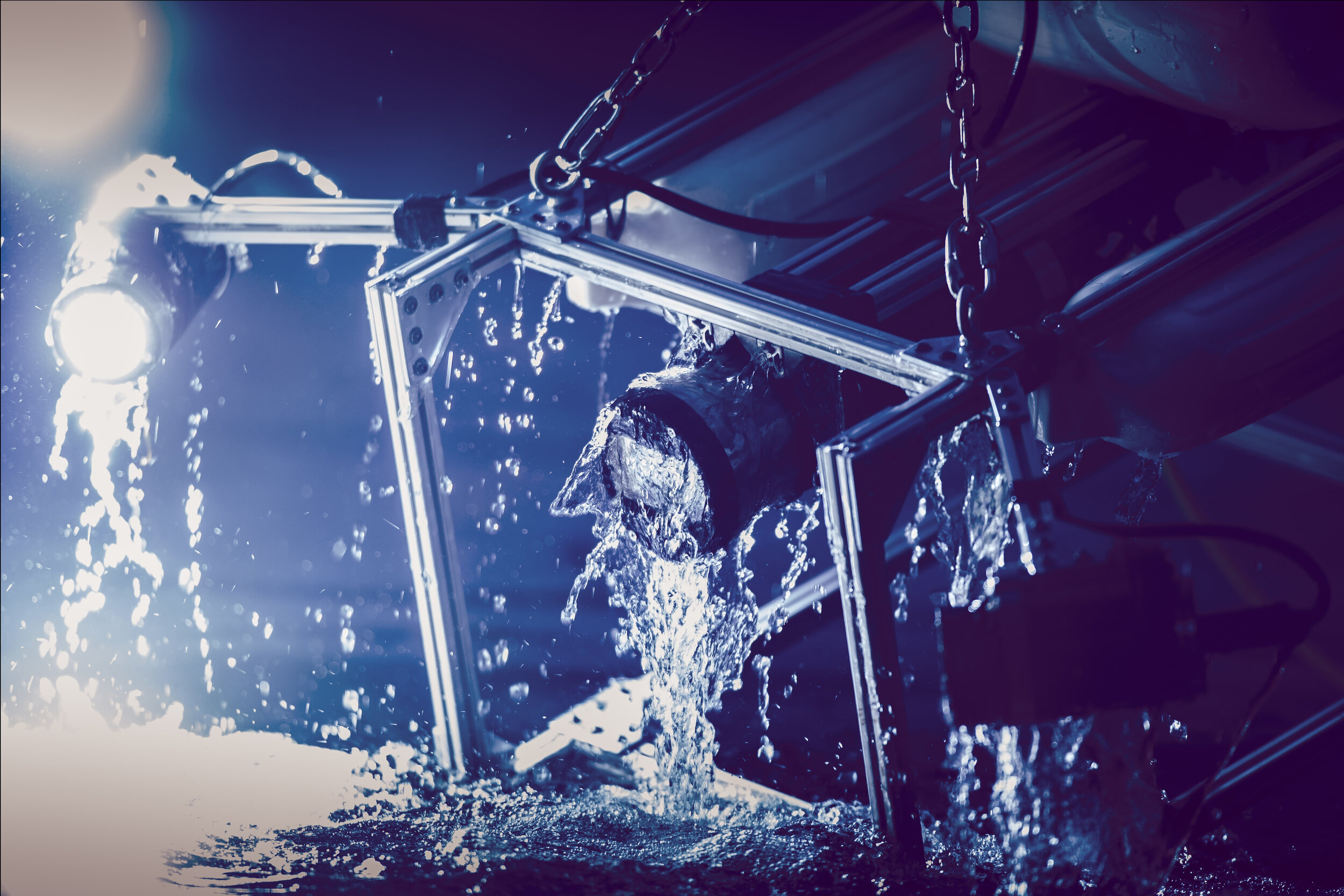
Case Studies & Resources

The Power of Subsea Imaging: Helping Scientists Tackle Critical Marine Conservation Issues
Explore the vital role of subsea imaging in marine conservation. Learn how cutting-edge technology documents biodiversity and raises awareness about pressing threats, driving efforts to protect our oceans for the future.
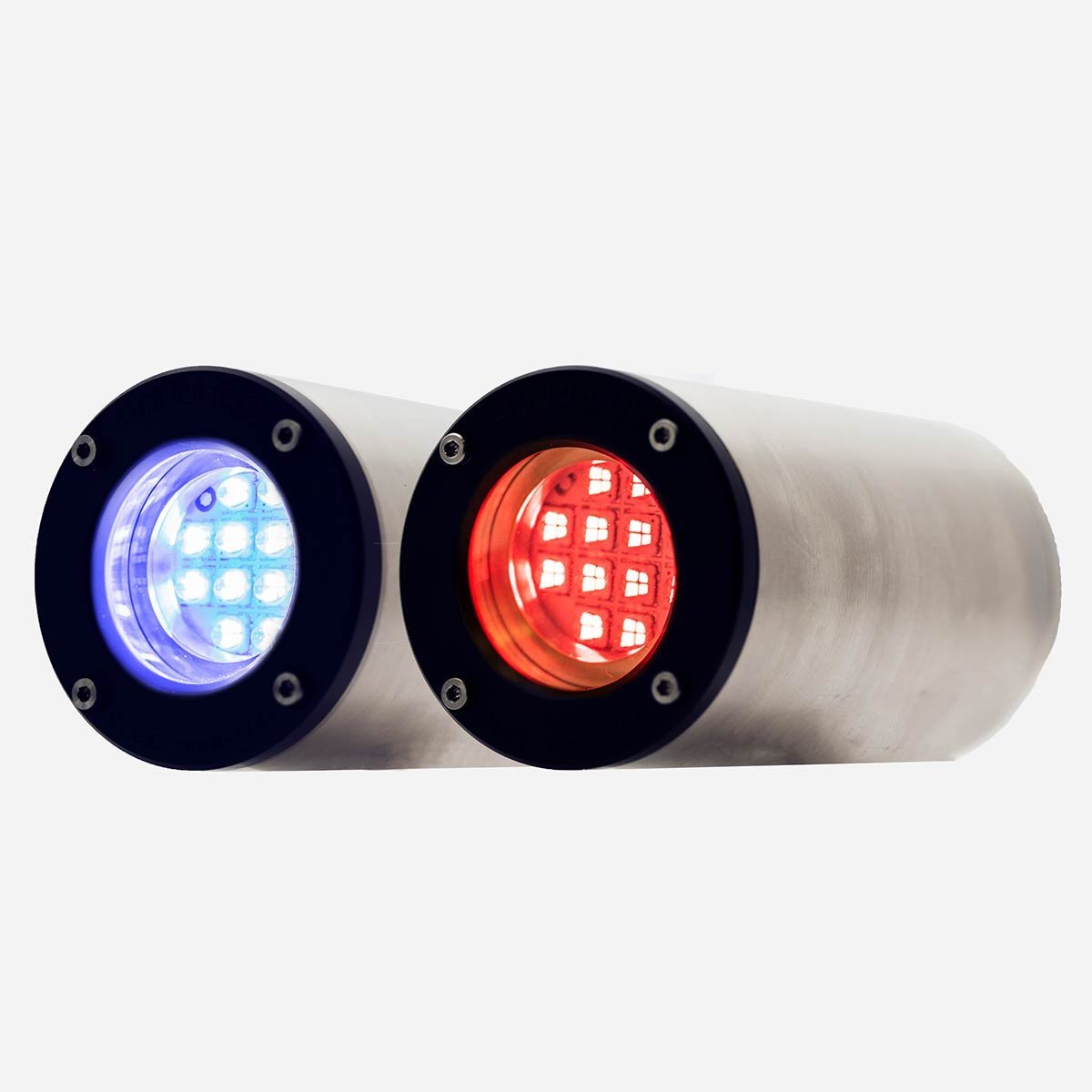
Why Use Red and Blue Subsea Lights in Marine Science and Offshore Energy?
Uncover the potential of red and blue subsea lights in marine science and offshore energy. From enhancing visibility to enabling non-intrusive studies and efficient leak detection, these innovative lighting solutions are revolutionizing the underwater world.

The Role of Cloud Content Delivery Networks and Edge Architecture in Subsea Imaging Systems
Discover the power of cloud delivery networks (CDNs) and edge architecture in subsea imaging. Enhance content delivery, real-time processing, and reliability. Uncover the advantages of CDNs for global accessibility and edge architecture for immediate analysis. Read now.
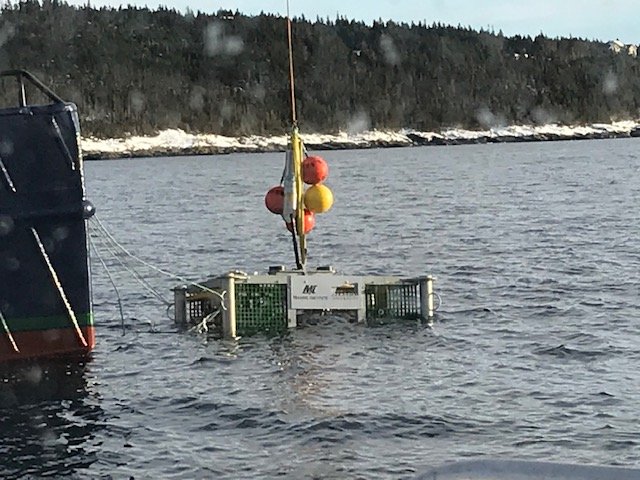
Case Study: SubC Camera Helps Reveal First Results from the Holyrood Subsea Observatory
Explore the groundbreaking results from the Holyrood Subsea Observatory, where the Rayfin Observatory Camera captured mesmerizing time-lapse imagery of sub-Arctic fjord ecosystems.
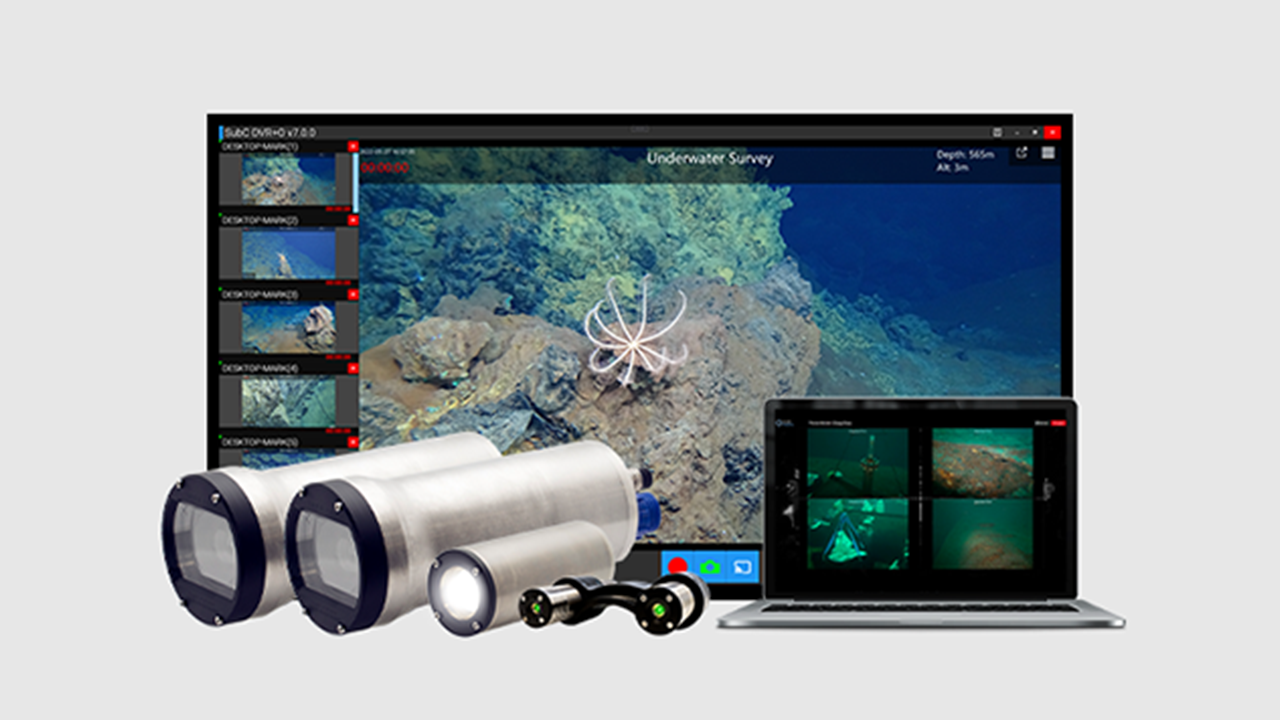
Renting Subsea Imaging Equipment: Your Key to Cost-effective and Cutting-edge Solutions
Discover the advantages of renting subsea imaging equipment from SubC Imaging. Explore cost-effectiveness, advanced technology, available equipment, and seamless rental process.
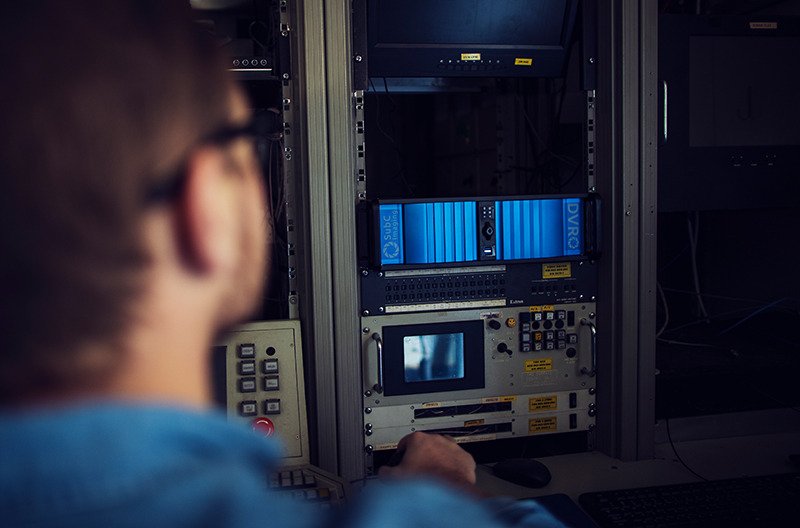
9 Reasons Why You Should Use a Subsea DVR System for Marine and Offshore Surveys
Discover the top 9 reasons why incorporating subsea DVR systems into marine and offshore surveys is crucial. From efficient data storage and enhanced documentation to reliable recording in subsea environments, subsea DVRs revolutionize visual data capture and analysis.
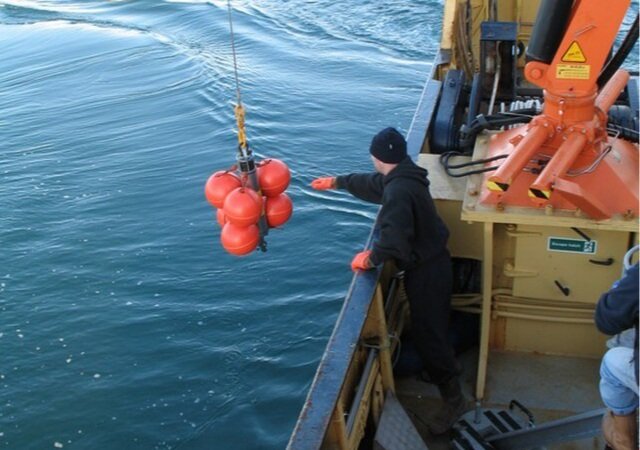
How Subsea Offshore Surveys Can Help Maximize Fishing Yields Responsibly for Fisheries
Explore the ways in which subsea offshore surveys can contribute to sustainable fisheries management.
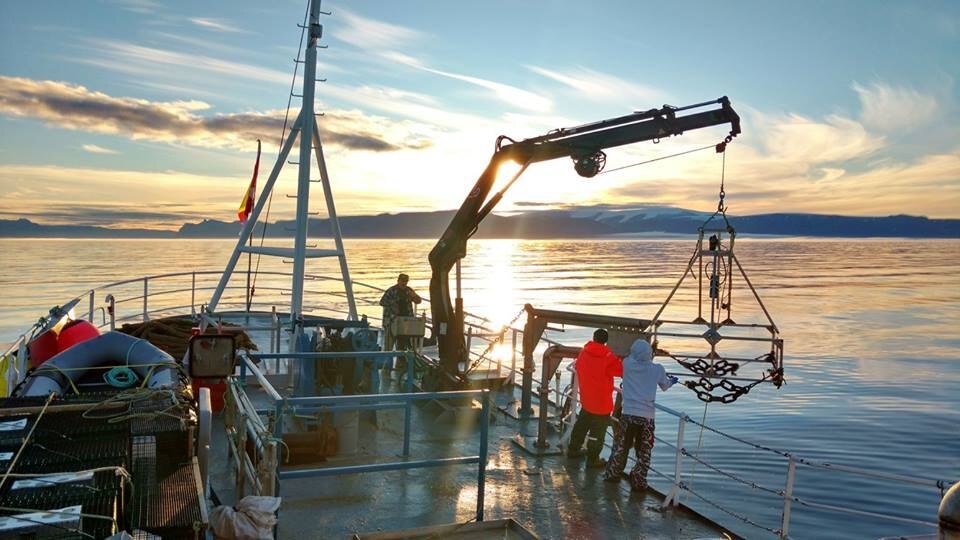
How Autonomous & Programmable Subsea Cameras Are Enabling New Discoveries in Oceanography
Learn about the remarkable capabilities of autonomous and programmable subsea camera systems and how they are reshaping the field of oceanography.
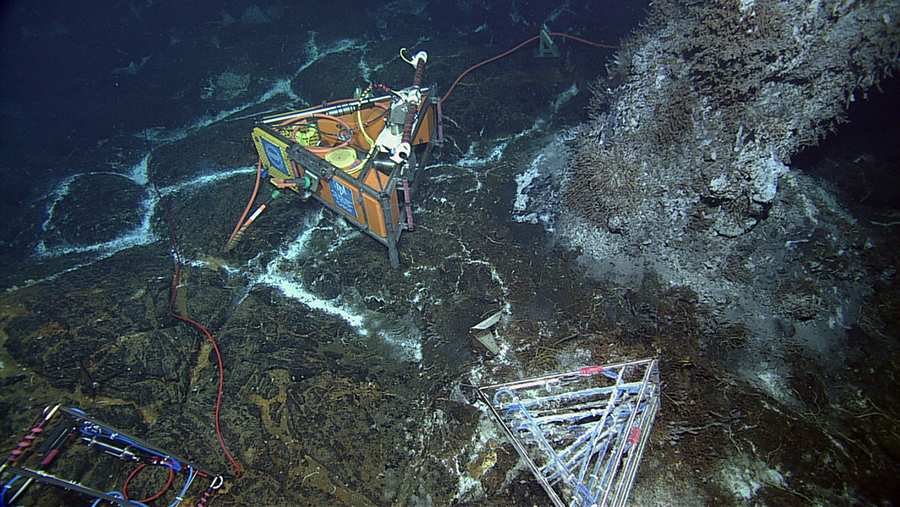
Ocean Observatory Camera Systems for Long-Term Monitoring and Studies
Get the details on cabled ocean observatories, including their purpose, usage, and the types of camera systems employed. Also, we share how ocean observatory camera systems and cabled observatories support long-term studies and ocean monitoring, and present case studies that demonstrate their effectiveness.
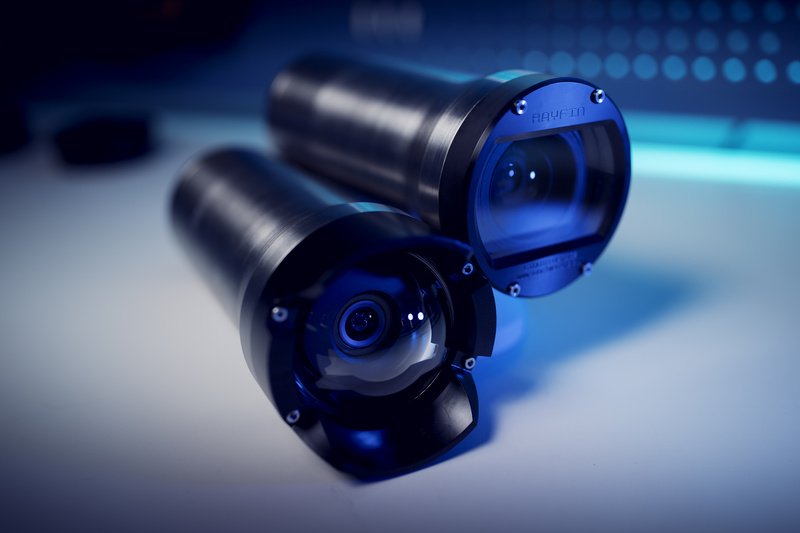
What's the Difference Between HD and 4K Subsea Cameras?
Delve into the differences between HD and 4K subsea cameras and how to choose the right one for your application.

Exploring Remote Operation’s Role In Making Offshore Energy Greener
Learn how remote operations technology is helping the offshore energy industry reduce its carbon footprint and operate more sustainably.
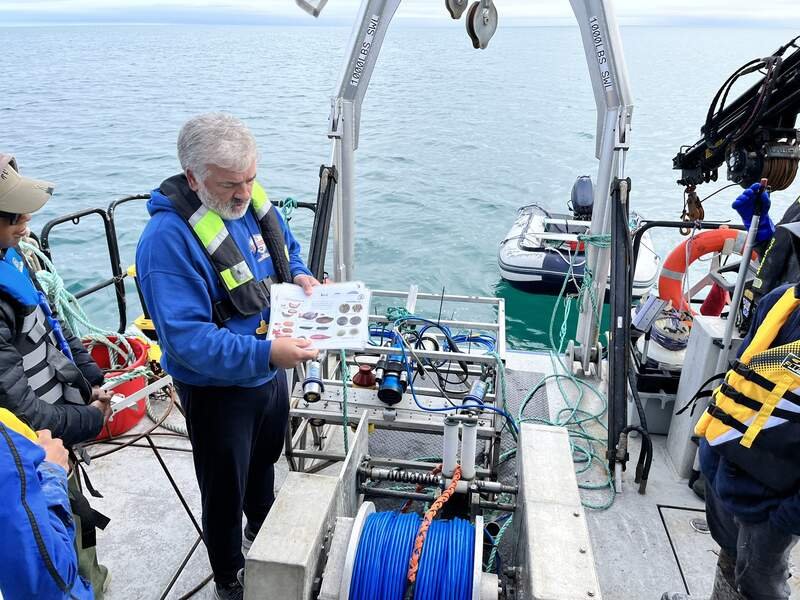
Tips for Conducting a Successful Subsea Video Survey
In this article, we provide you with tips on how to conduct a successful subsea video survey and highlight some of the main equipment needed.

Why It's Important to Have Underwater Low-Light Environment Capabilities in A Subsea Camera
Discover the importance of having reliable underwater low-light environment capabilities in a subsea camera. Plus what makes a subsea camera good in low-light. Learn more!
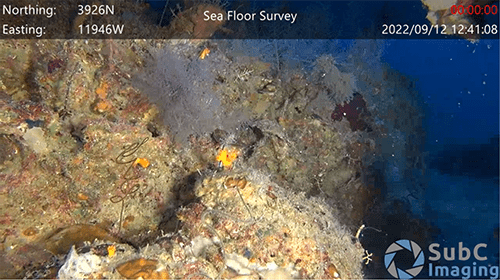
What Is a Subsea Digital Video Recorder (DVR) with Overlay and How Does it Work?
This article provides insights on subsea digital video recorders (DVRs) with overlay capabilities. We cover what they are, how they work, and their significance in fields such as oceanography, marine biology, geology, and underwater engineering. Additionally, we discuss the importance of overlays in providing context and insights into the underwater world.
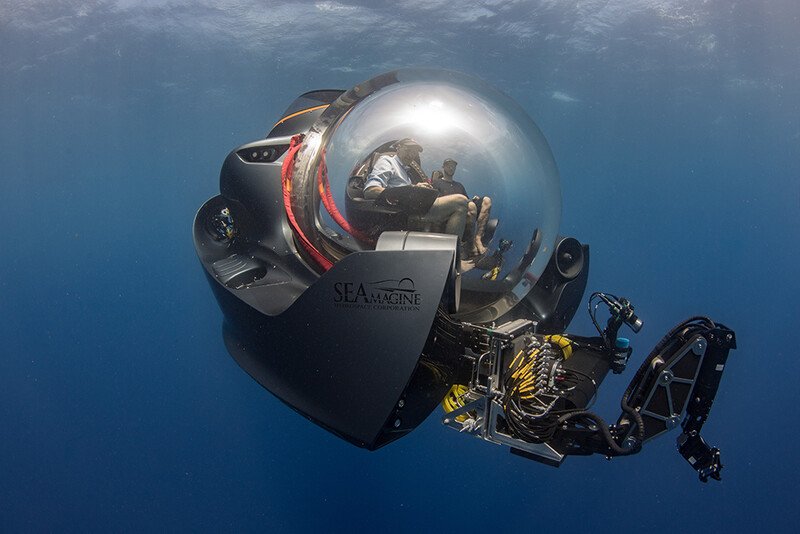
Case Study: Submersible Equipped with Deep Sea Camera Makes Scientific Discovery in French Polynesia
What started as routine training ended in the first ever recorded sighting of a “Prickly Shark" in French Polynesia. The discovery was made during a dive with a SEAmagine Aurora submersible, equipped with a SubC 1Cam Mk6 deep-sea camera. Learn more!
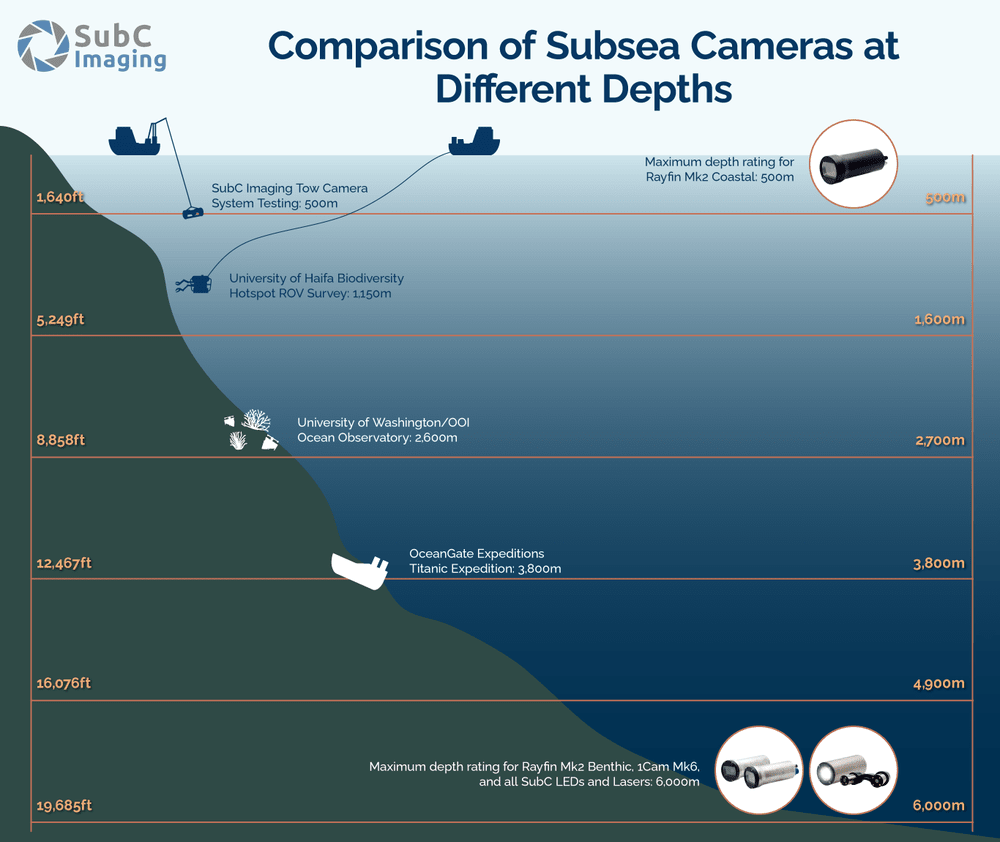
What Are Common Depths for Subsea Imaging? Comparison of Subsea Cameras at Different Depths
Subsea imaging has been in practice for over 150 years. Since the early days of underwater image capture, the technology has greatly improved, allowing for researchers and scientists to collect video and image data from even the deepest parts of the ocean.

How the Right Subsea Cameras Make Subsea Surveys & Research Easier
Explore how the right subsea imaging and cameras can make subsea research easier, more efficient, and more effective. Plus, we’ll review factors that will help you decide the right deep sea camera for your needs.
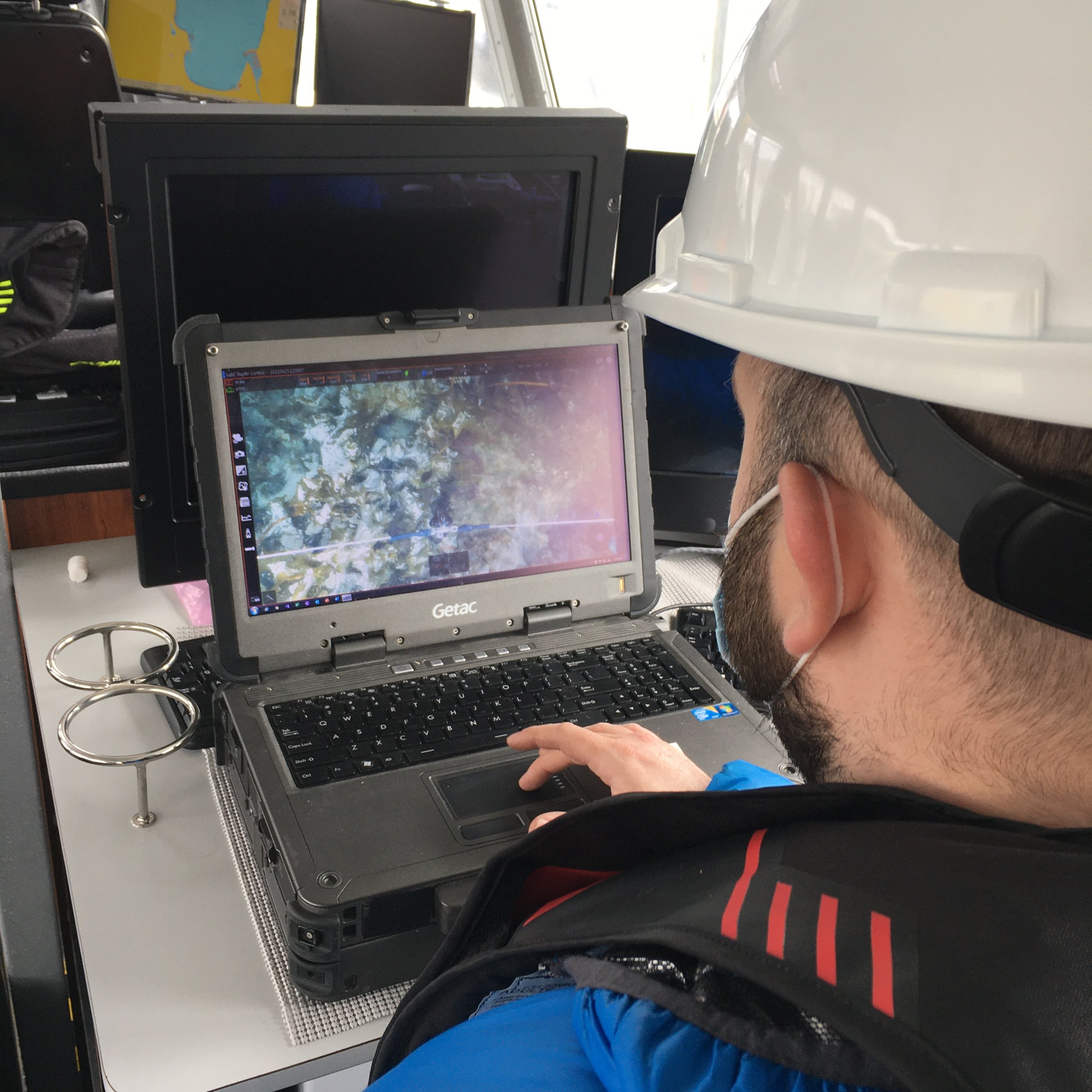
Mapping and Imaging the Seafloor: Subsea Tow Camera System Improves Resolution of Seafloor Data
Learn about why subsea cameras and imaging systems, like the Tow Camera System, are increasingly becoming an alternative to sonar systems for seafloor mapping and imaging purposes.
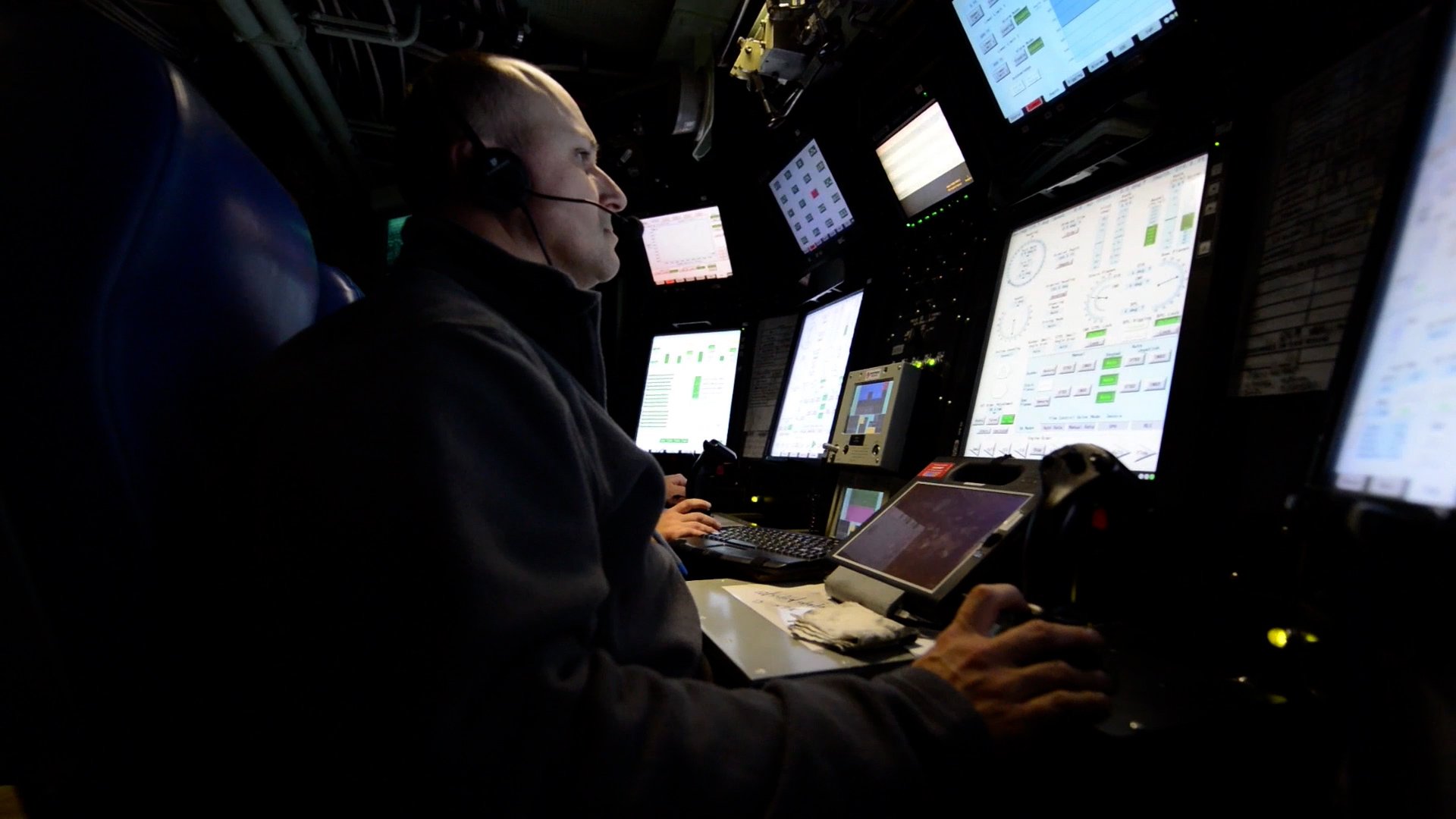
New Remote Operations Technologies for Ocean Sciences, Offshore Energy, and More
In this webinar you’ll learn the essential technologies being developed to support the shift to remote operations for ocean sciences, offshore energy, and other maritime industries. In partnership with Scripps Institution of Oceanography.

Subsea Lights and Lasers: An Overview Guide
Accessories such as subsea lights and lasers are great considerations when looking to enhance your marine research. Each has its own capabilities to complement your current setup and object detection to help elevate your results. Plus, they are easily attached to subsea cameras for marine observation.
